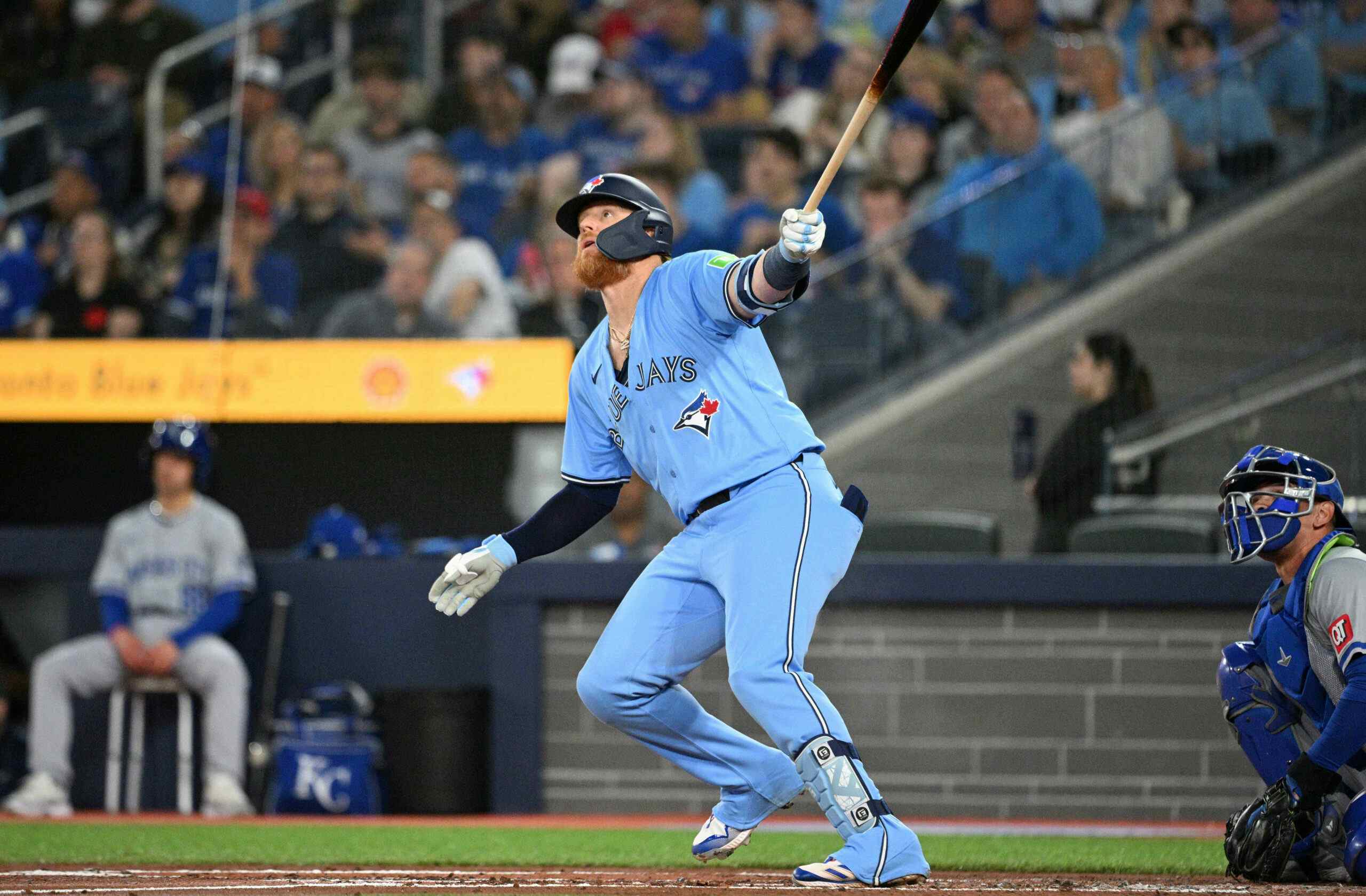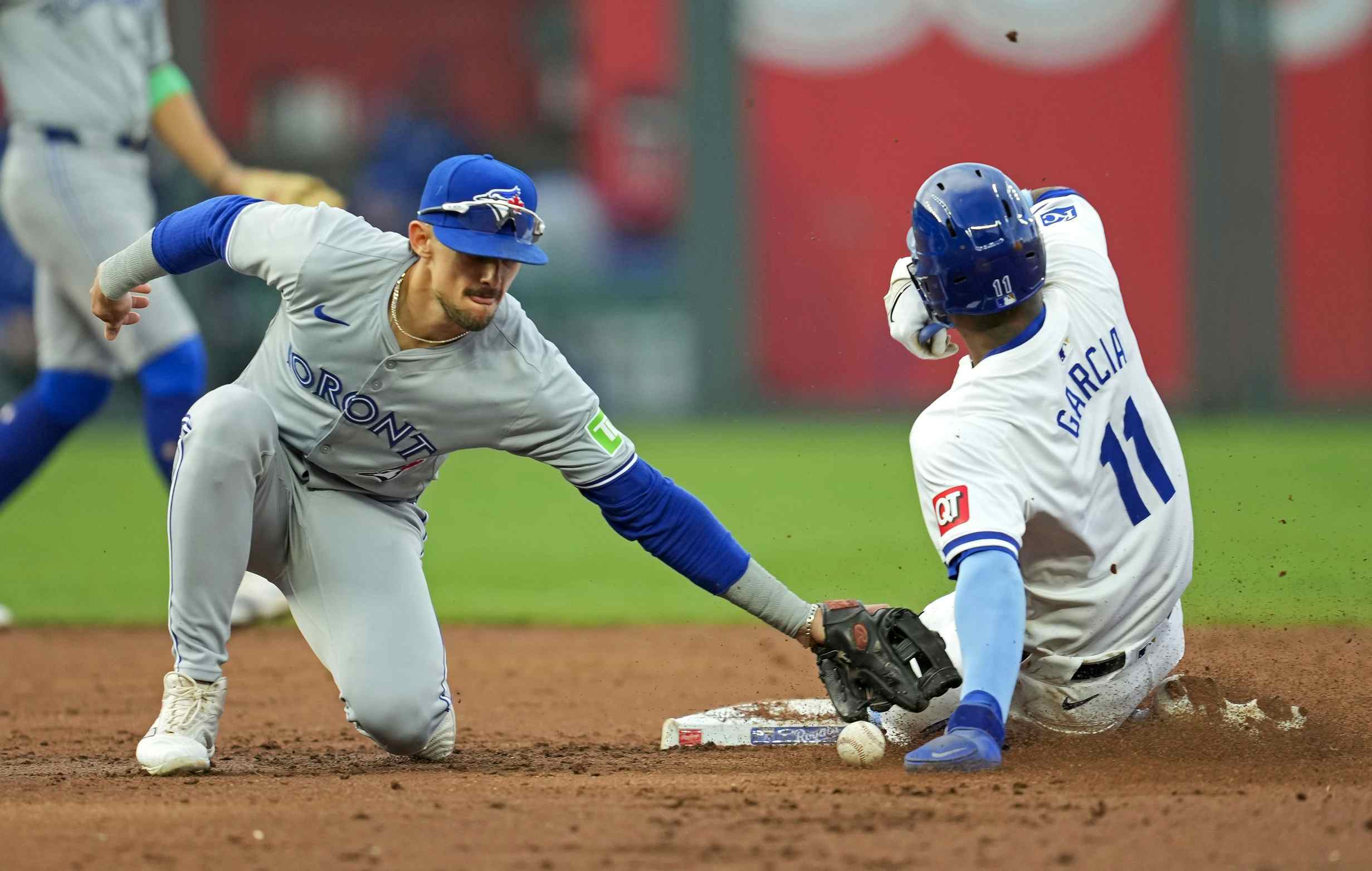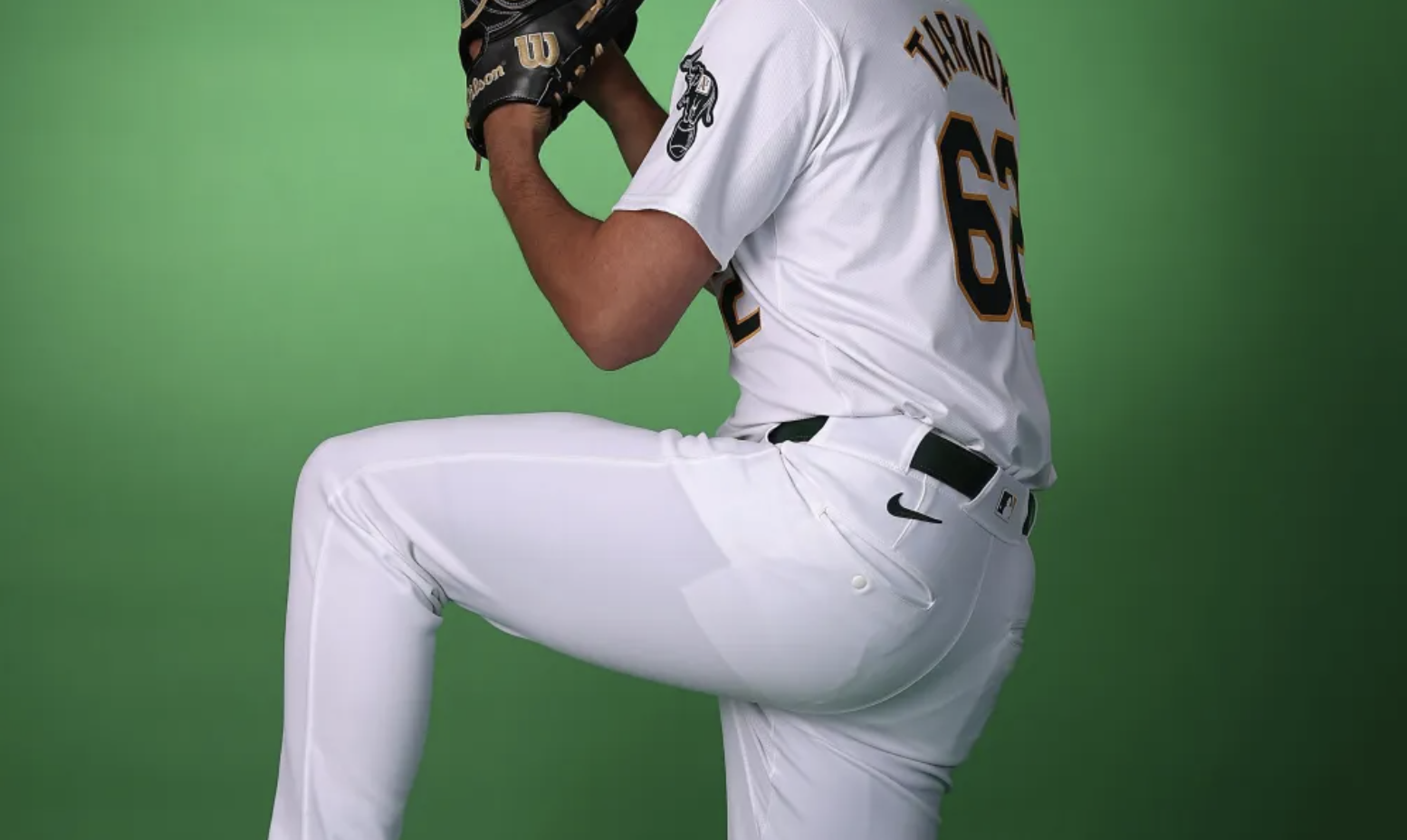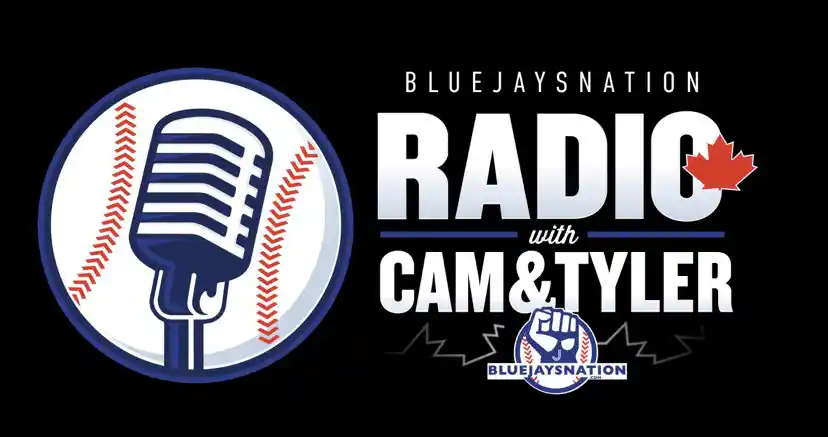What to expect from the Blue Jays at the 2020 draft
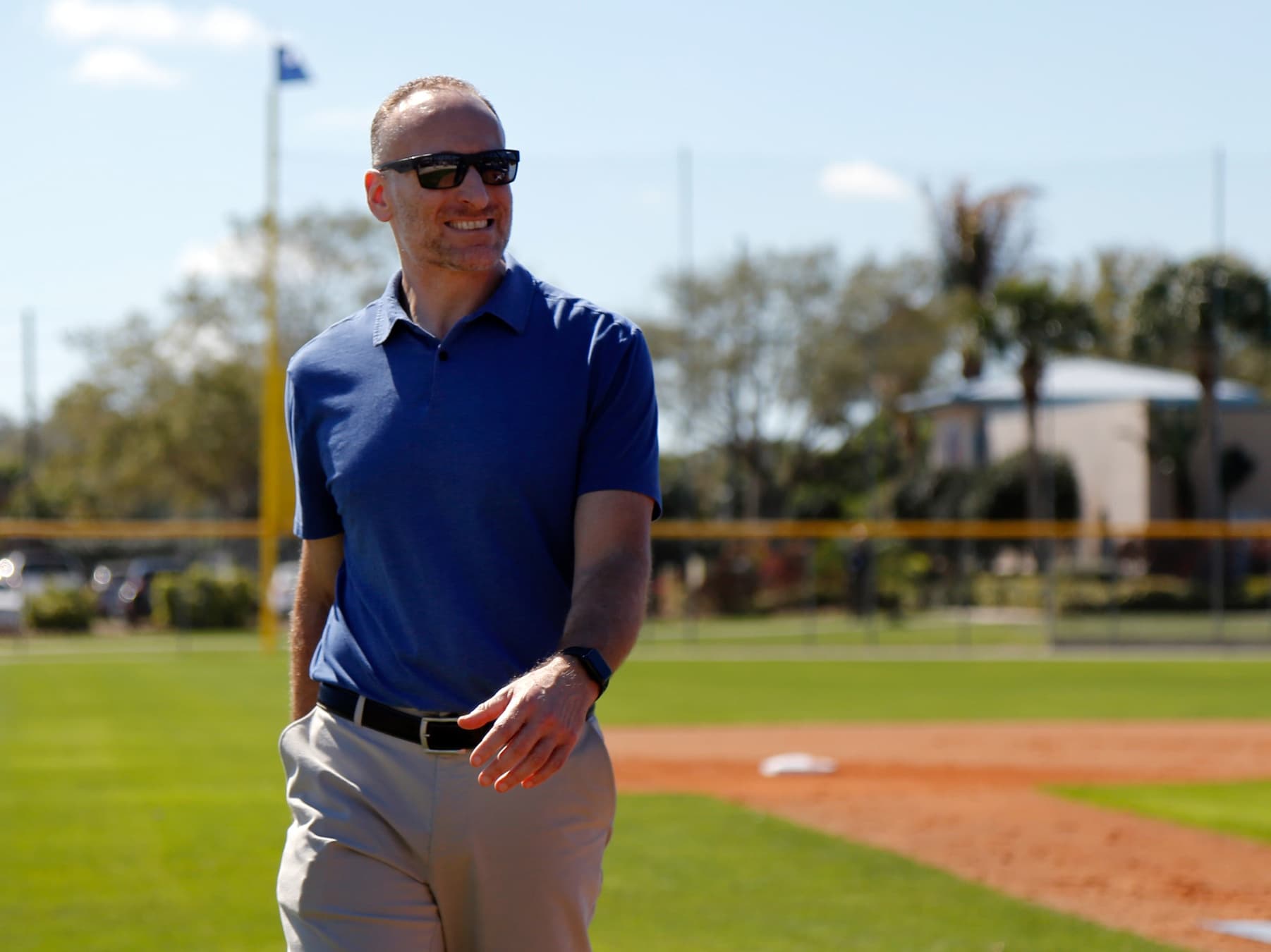
By Cam Lewis
3 years agoMajor League Baseball’s miniature five-round draft is right around the corner, which is great because it means there’ll be actual things to talk about beyond whether or not we’ll ever actually be able to watch baseball again.
This will be an interesting draft to follow from a Blue Jays perspective. Due to posting one of their worst seasons in franchise history in 2019, the Jays will have the fifth-overall pick on Wednesday, which is the highest they’ve drafted since 1997 when they selected a high schooler named Vernon Wells with the fifth-overall pick.
Beyond that top pick, the Jays will also be drafting at No. 42, No. 77, No. 106, No. 136 overall in the subsequent rounds. After the draft, the Jays will then have a chance to add whoever wasn’t taken in any of the five rounds as an undrafted free agent. I wrote a little while ago about why I thought the Blue Jays were in a good position to lure undrafted free agents to join their system. The combination of increasing pay to minor leaguers and massively improving their developmental system make them an attractive option for players who can choose their own destiny this summer.
This will be the fifth draft with Mark Shapiro and Ross Atkins at the helm, though it’ll be Shane Farrell’s first draft as scouting director. Steve Sanders, the organization’s previous scouting director, left the Blue Jays to join the Pirates when Ben Cherington took over as general manager. We obviously don’t know much about what to expect from a Farrell-led draft, but looking back at what the Jays have done during Shapiro and Atkins’ tenure presents some pretty clear patterns.
- 2016: RHP T.J. Zeuch (No. 21), OF J.B. Woodman (No. 57), INF Bo Bichette (No. 66)
- 2017: INF Logan Warmoth (No. 22), RHP Nate Pearson (No. 28)
- 2018: INF Jordan Groshans (No. 12), OF Griffin Conine (No. 52), RHP Adam Kloffenstein (No. 88)
- 2019: RHP Alek Manoah (No. 11), RHP Kendall Williams (No. 52), OF Dasan Brown (No. 88)
In three of the four drafts, the Jays have gone with more of a safe pick as their first selection. Zeuch, Warmoth, and Manoah were all college seniors when drafted. They then took younger, riskier players with the picks they had after those seniors. This is clearly where Toronto has nabbed some of their most important talent, like Bichette and Pearson.
The 2018 draft was an interesting outlier. It was the first time in the Shapiro and Atkins era that the Jays had a high pick in the first round and they used it to creatively nab a duo of high schoolers from Texas, Groshans and Kloffenstein, who wanted to play together. Groshans was selected well over his projected slot while Kloffenstein went lower than projected, so, ultimately, the Jays underpaid on their top pick to splurge on a lower pick. They also added a safe pick, Conine, in the middle.
This year will be quite a bit different because the Jays are drafting much higher than they ever have in the Shapiro and Atkins era. Looking back to Shapiro’s time in Cleveland, he’s used some of his highest picks on high school players, like Clint Fraizer (No. 5 in 2013) and Francisco Lindor (No. 8 in 2011), which contradicts the general strategy of going safe early on and then looking for home-runs later on.
That said, I would still expect Toronto to maintain the strategy we’ve seen in three of the four years of the Shapiro and Atkins era given the players available at the top of the draft.
Most mock drafts have Toronto going with a college pitcher like Emerson Hancock with the fifth pick. The only way I could see them deviating from the high-quality college pitcher strategy is if Zac Veen, the top-rated high schooler is available at that pick. Veen would be a high addition as the Blue Jays don’t currently have a top-rated outfield prospect in their system. He’s a smooth-swinging left-handed bat that draws comparisons to Cody Bellinger of the L.A. Dodgers.
If he’s available to Toronto at five, it would be pretty surprising to see them pass. Though, it seems unlikely right now that he’ll make it that far, as reports indicate that Kansas City, who owns the fourth-overall pick, are enamoured by Veen.
Over at Prospects365, Mason McRae outlined a few situations for the Blue Jays at the draft. He figured that Toronto would take Veen, if possible, but the only way he would make it past Kansas City is if the Royals had a chance to draft Asa Lacy, the top-rated pitcher in the draft.
In order for that to happen, Lacy would have to slide by both Baltimore and Miami, who draft second and third. Detroit will very likely take Spencer Torkelson with the top pick, leaving Baltimore with the option to take Lacy or Austin Martin, who are generally viewed as the next-best players available. If Baltimore goes with the position player Martin and Miami goes off the board and goes under slot with somebody like Nick Gonzales after that, Veen could fall into Toronto’s lap.
Again, that seems pretty unlikely, so I would assume that Veen ends up in Kansas City and Toronto then has their choice of any of the college guys out there. Pitchers Emerson Hancock or Max Meyer would be the two obvious options for Toronto here, but, if they wanted to select a position player instead, Nick Gonzales would then likely be the choice. We would then see Toronto grab some higher-risk high school players with their later picks having already secured a high-quality, safer talent at the top of the draft.
Obviously, the MLB draft is a total crapshoot and it’s pretty difficult to predict what’s going to happen, but we have a fairly decent idea of what to expect from the Blue Jays due to Shapiro and Atkins’ history. Veen, in my mind, would be the best-case-scenario for Toronto. Even though high schoolers carry a larger risk, he would be the possible franchise outfielder that the system desperately needs.
Grabbing a high school outfielder with the fifth-overall pick worked out nicely for the Blue Jays the last time it happened.
Recent articles from Cam Lewis

